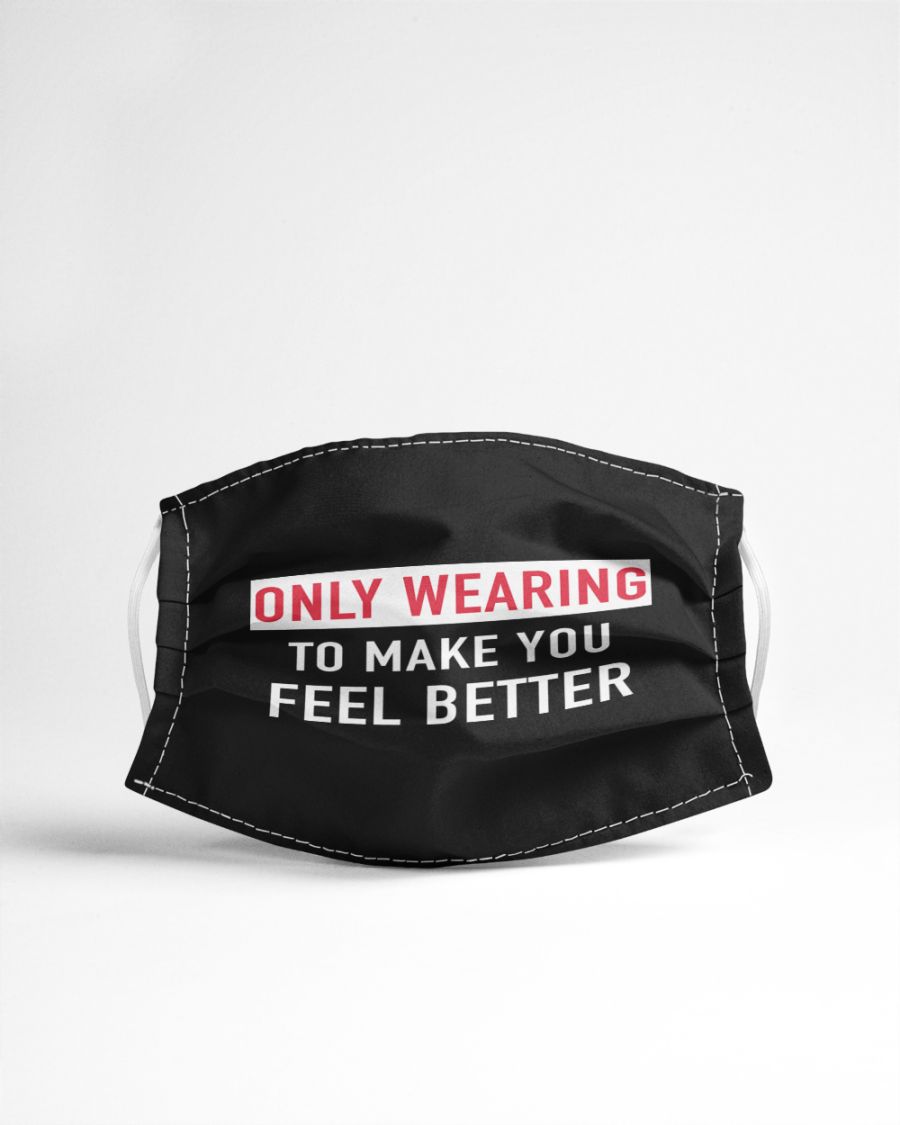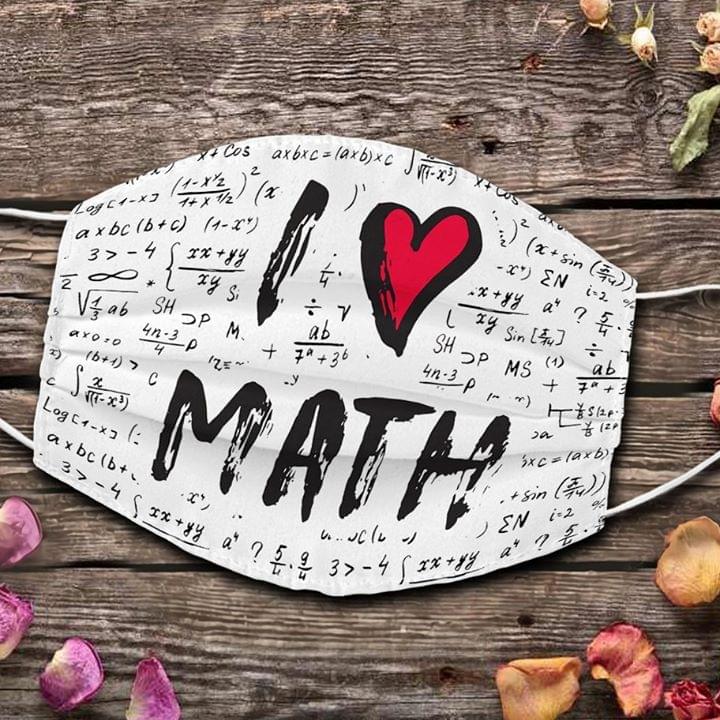Where to buy :
ANDIEZ Saxophone What Part of Don’t You Understand Poster
The different main spotlight of the live performance, Robert Schumann’s Three fable items (or Fantasiestücke in the customary German) from the “Romantic” period of classical tune, is an instrumental adaptation. Schumann in the beginning wrote it in such a method that it could be performed on the clarinet, viola, or cello. He couldn’t have thought of it for the saxophone as a result of, fascinatingly, it dates from 1842 — the very identical decade by which the saxophone would be invented with the aid of Adolphe Sax, who acquired a patent for it in 1846.
Grabbing the alto saxophone for this piece, Banks quite simply makes you neglect that there’s anything unusual or unnatural about a solo sax on the classical live performance stage. Mainly within the third of the three fable pieces, pay attention for a way the saxophone and piano elements wrap round every other, exceptionally toward the end when Schumann indulged in a repeated own dependancy of his of indicating schneller und schneller (“quicker and sooner”) at the end of some compositions.
A comparison with the different models of the work is above all charming here. After observing Banks’ efficiency with Bjerken on the piano, a superb one to check out is a cello-and-piano version from 1982 in Munich. See how cellist Mischa Maisky and pianist Martha Argerich, famously two of probably the most fluent and virtuosic musicians of recent classical heritage, execute the race to the conclusion between the two contraptions, and decide which edition you choose — Banks’ on the alto sax or Maisky’s on the cello. (each answers are right!)
Banks’ live performance also comprises one attain lower back to the 18th century, with the Oboe Quartet in F most important by means of Wolfgang Amadeus Mozart accompanied via three participants of the Zorá String Quartet. No, Banks doesn’t play the oboe, however that’s one of the vital benefits of being capable of play 4 types of your own instrument. The soprano saxophone commonly tracks the registers of the oboe, and there’s a definite relationship in the pungency of both gadgets’ sound even though their physical mechanisms are diverse.
Even within Mozart’s giant musical output in a lifetime spanning under 36 years, the Oboe Quartet (classical-music sticklers can seem to be it up as okay. 370) is referred to as a particular masterpiece since it acts as a mini-concerto the place Mozart had the respectable sense not to are attempting to combine the not going solo instrument into the string avid gamers’ chords but let it shine by itself. With “soprano saxophone” now not exactly being an instrument you see featured a whole lot on classical chamber-song programs, it’s a real thought for Banks to champion this version of the piece.
ANDIEZ Saxophone What Part of Don’t You Understand Poster
Two other new pieces on the application by means of composers apart from Banks himself existing distinctive sound-worlds to the listener. Most likely the more exquisite one is composer Carlos Simon’s hear them — yes, all lower-case letters — because of Banks’ bizarre means on the baritone saxophone as a solo instrument. Simon’s form of neo-bluesy composition has the soloist diving up and down on jazzy arpeggios across two and a half octaves, with Banks executing some very attractive (and relatively nonblatant for a saxophone) pedal tones on the backside notes.
Visit our Social Network: Pinterest, Blogger, and see more our collection.
From: Vietnamreflections store






